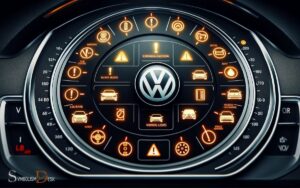Decode Your Car Dashboard Symbols Warning: Oil Pressure!
When your car dashboard lights up, it’s communicating important information about your vehicle’s condition.
Understanding these symbols is crucial to maintaining your car and ensuring your safety. From the check engine light to the oil pressure warning, each symbol has a specific meaning. A comprehensive guide can help you recognize and address these warnings promptly.
Car dashboard symbols serve as a notification system for your vehicle’s various functions and potential issues.
They range from indicators of normal operation (e.g., turn signals, high beams) to alerts for serious problems (e.g., engine overheating, brake system warning). Knowing what these symbols mean can prevent costly repairs and dangerous situations.
Here are examples of common dashboard symbols and their meanings:
It’s essential to consult your vehicle’s owner manual for the exact meanings of the symbols specific to your car model.
Understanding your car’s dashboard symbols can prevent minor issues from becoming major problems, ensuring a safer and more reliable driving experience.

Key Takeaway
Understanding the Check Engine Light
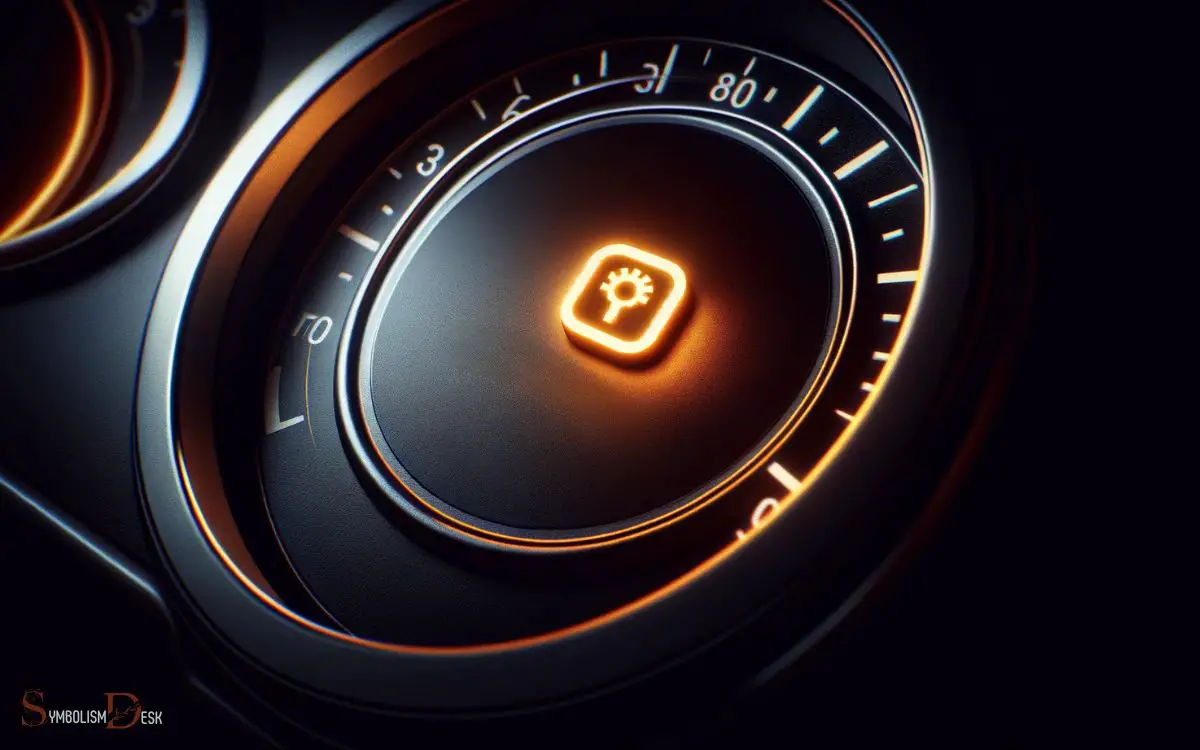
A common issue that car owners may encounter is the illumination of the ‘Check Engine’ light on their dashboard. When this light comes on, it indicates that the vehicle’s onboard diagnostic system has detected a problem with the engine, transmission, or emission control system.
While it can be triggered by something as simple as a loose gas cap, it can also signal more serious issues that require immediate attention.
In either case, it’s crucial for the driver to address the underlying problem to prevent further damage and ensure optimal vehicle performance.
To accurately diagnose the issue, it’s recommended to use an OBD-II scanner to retrieve the specific trouble codes stored in the vehicle’s computer.
Understanding the ‘Check Engine’ light and promptly addressing its activation is essential for maintaining a well-functioning vehicle.
Deciphering the Oil Pressure Warning
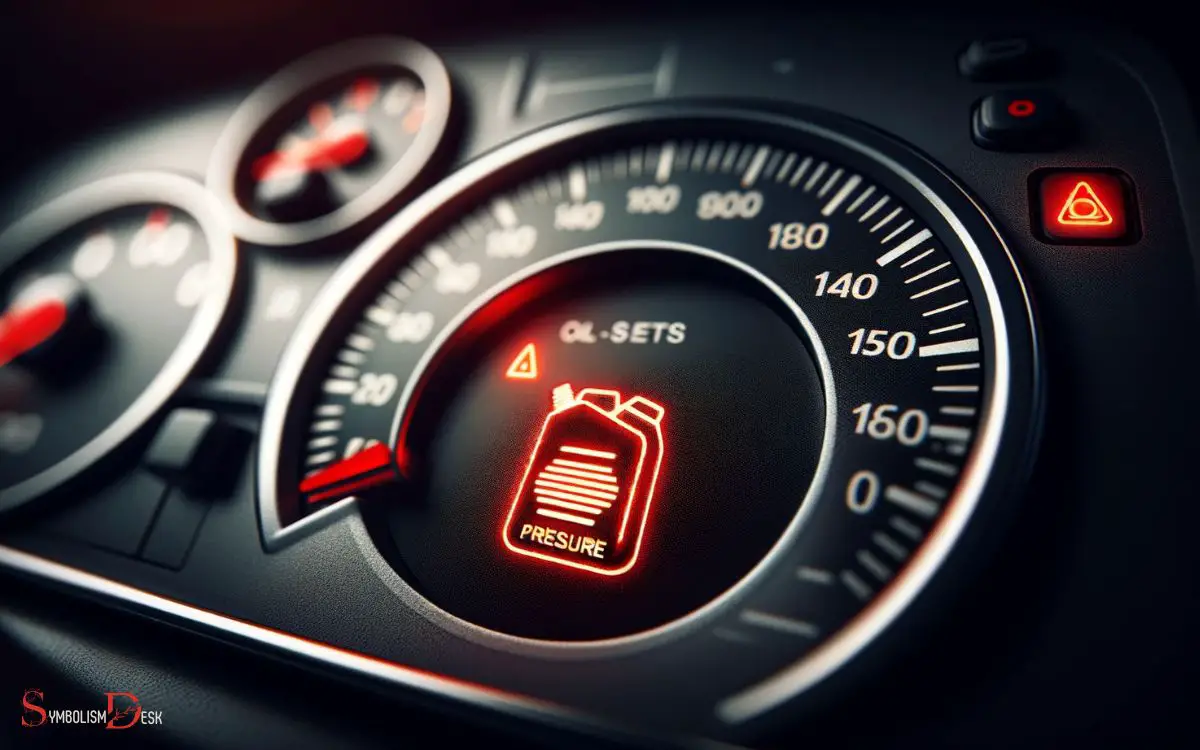
Deciphering the oil pressure warning involves understanding the significance of the pressure reading and taking appropriate action based on the indicated levels.
The oil pressure warning light typically illuminates when the oil pressure in the engine falls below a critical level. This could be due to low oil levels, a malfunctioning oil pump, or oil viscosity issues.
If the light comes on while driving, it’s crucial to pull over as soon as it’s safe to do so and turn off the engine. Continuing to drive with low oil pressure can cause serious damage to the engine.
After stopping, the oil level should be checked, and if it’s low, it needs to be topped up. If the oil level is adequate, it’s essential to seek professional assistance to diagnose the underlying issue.
Interpreting the Brake System Indicator
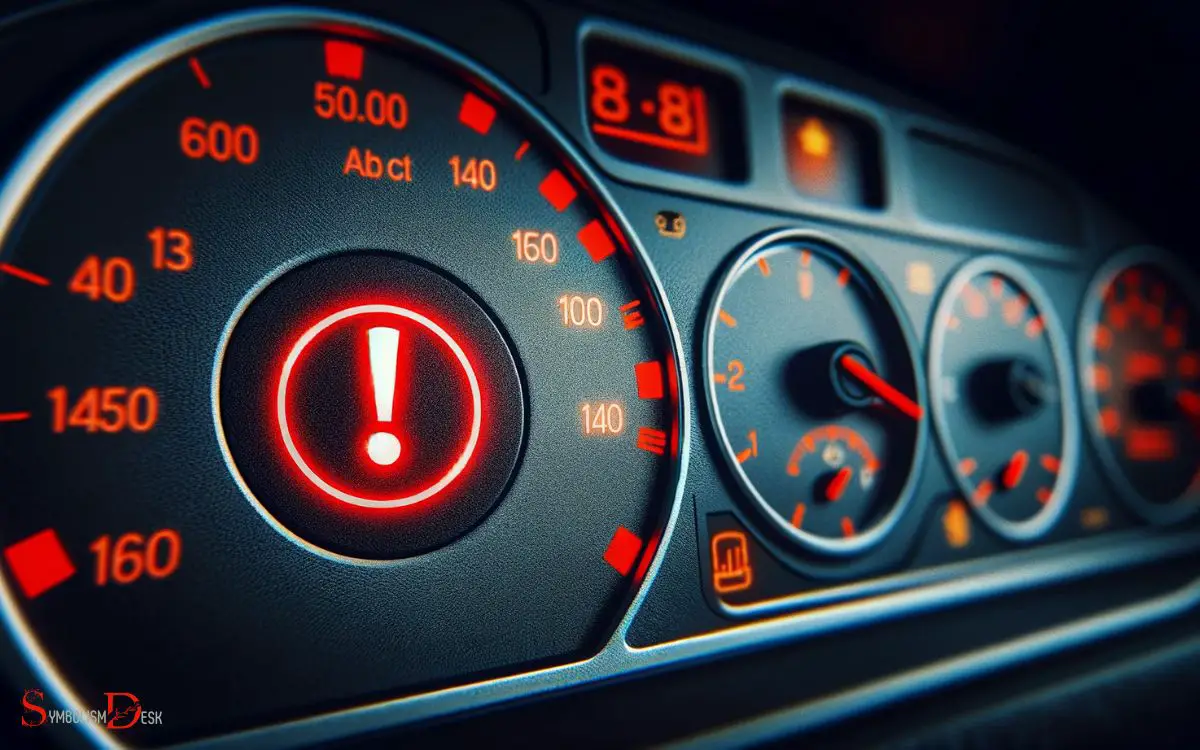
The brake system indicator illuminates when there is an issue with the vehicle’s braking system, indicating potential problems with the brake fluid level, brake pads, or the anti-lock braking system (ABS).
When this light comes on, it is crucial to address it promptly to ensure the safety of the vehicle and its occupants.
A low brake fluid level may suggest worn brake pads or a potential leak in the system, while a fault in the ABS could compromise its ability to prevent wheel lock-up during emergency braking.
Any irregularities in braking performance should be inspected by a qualified mechanic to diagnose and rectify the issue.
Unraveling the Tire Pressure Monitoring
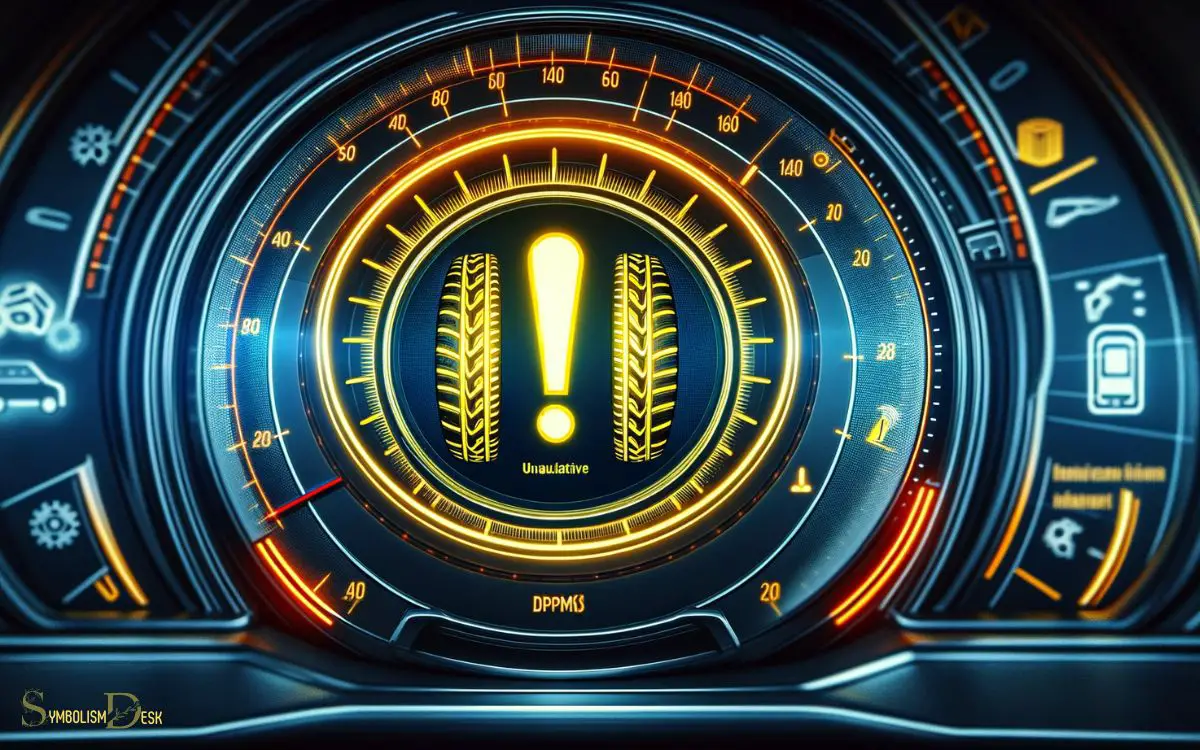
Continuing from the previous subtopic, when the tire pressure monitoring system detects low tire pressure, the corresponding dashboard symbol will illuminate, indicating the need for immediate attention to prevent potential safety hazards. This alert is crucial for ensuring the driver addresses the issue promptly, as driving on underinflated tires can lead to poor handling, reduced fuel efficiency, and even tire failure. Understanding audi dashboard symbols and meanings is essential for accurately interpreting such warnings and taking appropriate action. Regularly checking tire pressure and maintaining it at recommended levels can help avoid these warnings and enhance overall vehicle safety.
This warning sign means that one or more tires have low pressure, which can affect vehicle handling, braking, and fuel efficiency.
To address this issue, drivers should first check the tire pressure using a gauge and add air to the recommended level.
It’s important to inspect the tires for any visible damage or punctures that may be causing the pressure loss.
If the warning light persists after inflating the tires to the correct pressure, it could indicate a malfunction in the tire pressure monitoring system, requiring professional inspection and repair to ensure accurate readings and safe driving conditions.
Decoding the Battery Charge Warning
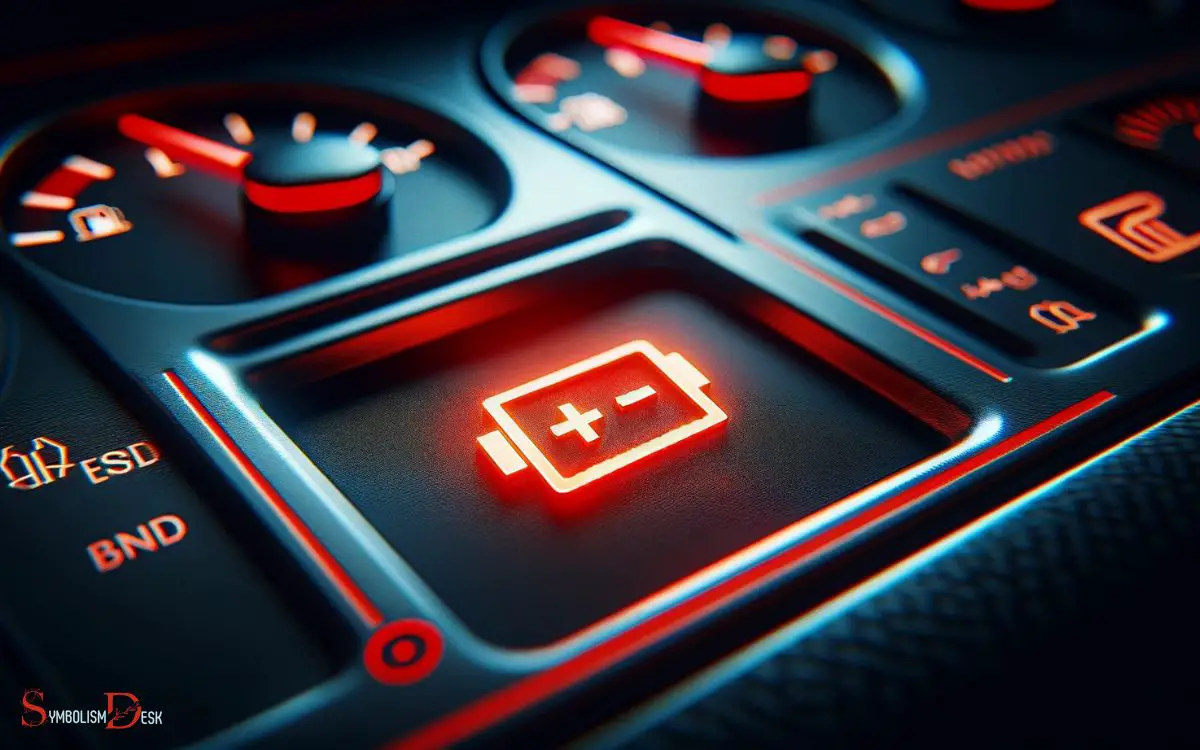
When the battery charge warning light comes on, it indicates potential issues with the vehicle’s charging system.
This warning light typically resembles a battery and can be triggered by various factors such as a faulty alternator, loose or corroded battery connections, or a broken drive belt.
If the light illuminates while driving, it’s crucial to address the issue promptly to avoid a complete breakdown. Drivers should immediately check the battery connections, ensuring they are tight and free of corrosion.
If the connections appear to be in good condition, the vehicle should be taken to a qualified mechanic for further inspection.
Ignoring the battery charge warning can lead to a drained battery, leaving the vehicle stranded. Therefore, it’s essential to address this warning light as soon as it appears.
Conclusion
Understanding your car dashboard symbols is crucial for safe and efficient driving. Ignoring these warnings can lead to costly repairs and potential safety hazards.
It’s important to stay informed and address any issues promptly to keep your vehicle running smoothly.
Remember, knowledge is power when it comes to deciphering the language of your car’s dashboard symbols, so don’t be in the dark about your vehicle’s needs.






